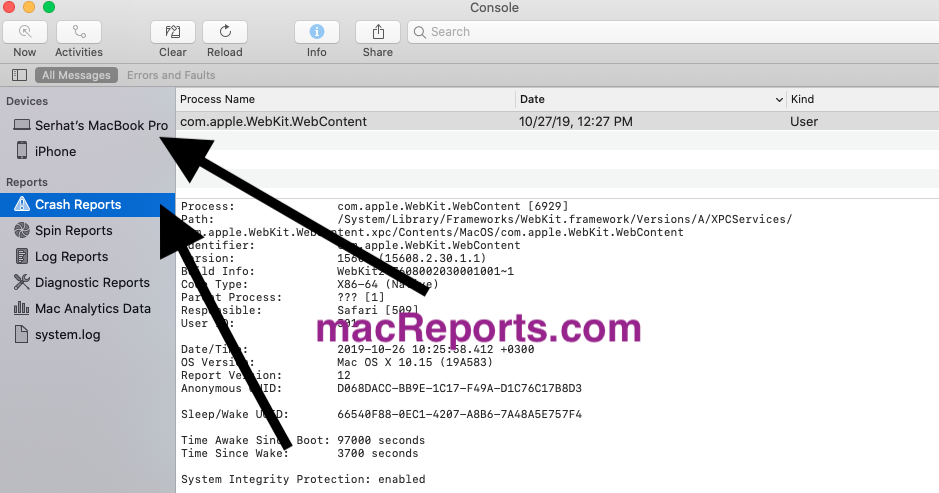Mac Os Yosemite Make Library Folder Visible
The Library folder, at the root level of your OS X hard drive, is like a public library; it stores items available to everyone who logs into any account on this Mac.
Macbook Pro
There are actually three or more Library folders on your hard drive:
At the root level of your OS X disk
In the root-level System folder
In each user’s Home folder
Mac Os X 10.10 Dmg

:max_bytes(150000):strip_icc()/Screen-Shot-2020-02-04-at-7.03.19-PM-341b41428b874b76ae0666a001123c80.jpg)
Now, here’s the scoop on your various Library folders:
The “Public” Library: You find a bunch of folders inside the Library folder at root level (the “public” Library folder). Most of them contain files that you never need to open, move, or delete.
By and large, the public Library subfolder that gets the most use is the Fonts folder, which houses many of the fonts installed on the Mac.
System Library: This is the nerve center of your Mac. In other words, you should never have to touch this particular Library folder.
Leave the/System/Libraryfolder alone. Don’t move, remove, or rename it, or do anything within it.
Library in each user’s Home folder: This is where OS X stores configuration and preferences files for each user account.
The locations of all these libraries are illustrated here.
2020-3-31 How to Unhide and Make Library Folder Visible in macOS Sierra By Mahesh Makvana December 13, 2016 The Library folder for the users on a Mac is always hidden as Apple just doesn’t want you to access it as it thinks you don’t need access to it. Dec 16, 2014 Make the User /Library Folder Always Visible in OS X El Capitan & Yosemite. This is done on a per user account basis: From the OS X Finder, pull down the “Go” menu and choose “Home”, or otherwise navigate to the the Home directory for an active user account (the Home directory will be your short user name, where Downloads, Desktop, Public, Music, Pictures, etc folders are stored).
Mac Os Yosemite Make Library Folder Visible On Mac
If your Mac is set up for multiple users, only users with administrator (admin) privileges can put stuff in the public (root-level) Library folder.
Mar 21, 2013 Go to the Apple menu and select About This Mac, then select Storage and click on the Manage button. In the Reduce Clutter section, click on the Review Files button. In the main window, click on Downloads and the click on the Kind header to sort by that particular type. To delete a disk image. As usual for cleanup stuff, start with a visualizer like GrandPerspective or Disk Inventory X so you can see what folders take up space. Be careful deleting stuff in your Library folder: apps store lots of different things in there, some of which are required for them to run. DaisyDisk is also pretty nice. Open the Finder → go to Library folder → Caches subfolder. In this section, you will find all the cache files for the applications installed on your MacBook. Then you need to enter each app’s folder and clean its cache files manually.  Mar 29, 2019 If you want to clean up system logs and temporary files manually: Access terminal by navigating to Applications → Utilities → Terminal In Terminal, type in 'sudo periodic daily weekly monthly' and hit Enter Type in your Mac admin password.
Mar 29, 2019 If you want to clean up system logs and temporary files manually: Access terminal by navigating to Applications → Utilities → Terminal In Terminal, type in 'sudo periodic daily weekly monthly' and hit Enter Type in your Mac admin password.
